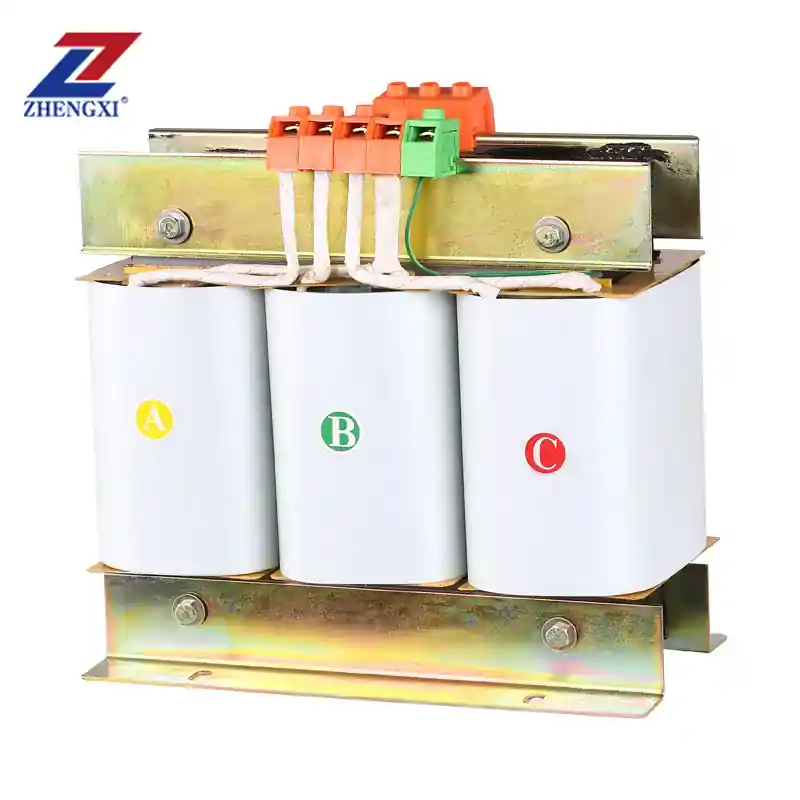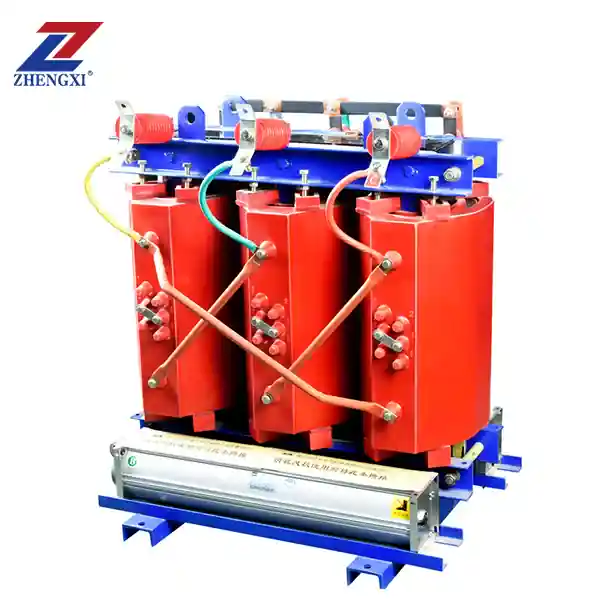Transformers play a crucial role in power distribution, ensuring a stable and efficient transmission of electricity across different voltage levels. Among the various types of transformers available in the market, the 10 MVA 33/11 kV transformer is widely used in power distribution networks, industrial plants, and commercial applications. But what determines its price? In this article, we will explore the key factors affecting the cost of a 10 MVA 33/11 kV transformer, its specifications, applications, and how to make an informed purchase.

1. What is a 10 MVA 33/11 kV Transformer?
A 10 MVA (Mega Volt-Ampere) 33/11 kV transformer adalah medium-voltage step-down transformer designed to convert high voltage from 33 kV to a lower voltage of 11 kV, making it suitable for power distribution in urban and rural areas. These transformers are commonly used in substations, industrial plants, and large commercial facilities where a reliable power supply is essential.
Key Features of a 10 MVA 33/11 kV Transformer:
- Capacity: 10 MVA (10,000 kVA)
- Tegangan Primer: 33 kV
- Tegangan Sekunder: 11 kV
- Metode Pendinginan: Oil-immersed (ONAN/ONAF) or Dry-type
- Insulation: Class A, B, F, or H depending on the design
- Core Material: Cold-rolled grain-oriented silicon steel for high efficiency
- Winding Material: Copper or aluminum, based on cost and efficiency requirements
- Protection: Overload protection, temperature monitoring, and surge arresters
2. Factors Affecting the Price of a 10 MVA 33/11 kV Transformer
The price of a 10 MVA 33/11 kV transformer varies depending on several factors, including design, materials, and market demand. Below are the key elements influencing the cost:
2.1 Core and Winding Material
- Copper vs. Aluminum Windings: Copper windings are more expensive but offer better conductivity and efficiency. Aluminum windings, on the other hand, are more cost-effective but require larger conductors to achieve the same performance.
- Core Material: High-quality silicon steel reduces core losses but adds to the overall cost.
2.2 Cooling System
- ONAN (Oil Natural Air Natural) Cooling: Standard cooling method using transformer oil for insulation and heat dissipation.
- ONAF (Oil Natural Air Forced) Cooling: Uses fans to enhance cooling efficiency, which increases costs.
- Trafo Tipe Kering: Air-cooled transformers eliminate the need for oil but are usually more expensive.
2.3 Efficiency & Energy Losses
- No-Load Losses: Power lost when the transformer is energized but not supplying load.
- Load Losses: Losses occurring when the transformer is in operation.
- Higher efficiency transformers with reduced losses are costlier but save energy costs in the long run.
2.4 Insulation and Protection
- Kelas Isolasi: Different insulation materials affect cost. For example, Class F or H insulation is more expensive due to higher thermal endurance.
- Protection Features: Surge arresters, temperature monitoring systems, and Buchholz relays increase the price but improve reliability.
2.5 Manufacturer & Country of Origin
- Transformers from reputed brands or countries with advanced manufacturing standards tend to be more expensive but offer better durability and efficiency.
2.6 Customization & Accessories
- Special requirements like voltage regulation, remote monitoring, or custom bushings can increase the price.

3. Technical Specifications of a 10 MVA 33/11 kV Transformer
| Spesifikasi | Detail |
|---|---|
| Kapasitas yang dinilai | 10 MVA |
| Tegangan Primer | 33 kV |
| Tegangan Sekunder | 11 kV |
| Cooling System | ONAN / ONAF |
| Kelas Isolasi | Class A/B/F/H |
| Winding Material | Copper / Aluminum |
| Core Material | Cold-Rolled Silicon Steel |
| No-Load Losses | 8 – 12 kW (Typical) |
| Load Losses | 50 – 70 kW (Typical) |
| Impedance Voltage | 6% – 12% |
| Berat | 8 – 12 Tons |
| Protection Features | Buchholz Relay, Temperature Sensors, Surge Arresters |
| Jenis Instalasi | Indoor / Outdoor |
| Expected Lifespan | 25 – 35 Years |
4. Applications of a 10 MVA 33/11 kV Transformer
This transformer is widely used in various power distribution systems. Some common applications include:
4.1 Power Utilities & Substations
- Used in substations to step down voltage for local distribution.
- Ensures efficient energy transmission across cities and rural areas.
4.2 Industrial & Manufacturing Plants
- Powers heavy machinery, assembly lines, and production facilities.
- Ensures stable voltage for uninterrupted industrial operations.
4.3 Renewable Energy Integration
- Used in solar and wind farms to connect renewable energy sources to the grid.
- Helps in stabilizing voltage fluctuations in renewable energy systems.
4.4 Commercial Complexes & Data Centers
- Provides a reliable power supply to shopping malls, office buildings, and data centers.
- Ensures consistent voltage for sensitive electronic equipment.
5. How Much Does a 10 MVA 33/11 kV Transformer Cost?
The price of a 10 MVA 33/11 kV transformer can range from $30,000 to $150,000, depending on the specifications, manufacturer, and location. Below is an estimated price breakdown:
| Spesifikasi | Estimated Price (USD) |
|---|---|
| Standard Oil-Immersed Transformer | $30,000 – $50,000 |
| High-Efficiency Copper Winding Model | $50,000 – $80,000 |
| Custom-Built with Advanced Protection | $80,000 – $120,000 |
| Smart Transformer with Remote Monitoring | $120,000 – $150,000 |
5.1 Additional Costs to Consider
- Shipping & Logistics: International shipping adds to the total cost.
- Installation & Commissioning: Costs vary based on location and complexity.
- Maintenance & Spare Parts: Regular servicing ensures longevity.
6. How to Choose the Right Supplier?
When purchasing a 10 MVA 33/11 kV transformer, it’s essential to select a reliable supplier to ensure quality and compliance with standards. Here are some key factors to consider:
6.1 Certifications & Compliance
- Ensure the transformer meets IEC, ANSI, and ISO standards.
6.2 Manufacturer Reputation
- Check customer reviews and industry experience.
6.3 Warranty & Support
- Look for manufacturers offering at least 2-5 years warranty and after-sales support.
6.4 Cost vs. Quality
- Avoid the cheapest option if it compromises efficiency and durability.
6.5 Customization & Flexibility
- If specific voltage, impedance, or protection features are required, choose a supplier offering customization.
7. Conclusion
A 10 MVA 33/11 kV transformer is an essential component in modern power distribution systems, supporting industrial, commercial, and utility applications. Its price varies depending on core materials, cooling systems, efficiency, insulation, and manufacturer reputation. While the initial investment may be high, choosing a high-quality transformer ensures long-term reliability and reduced maintenance costs.
If you are looking for a reliable supplier, ensure that they offer certified products, strong after-sales support, and customizable options. Investing in the right transformer will provide stable power supply, energy efficiency, and long-term operational savings.
Untuk price quotes and technical consultations, feel free to contact our team today! 🚀